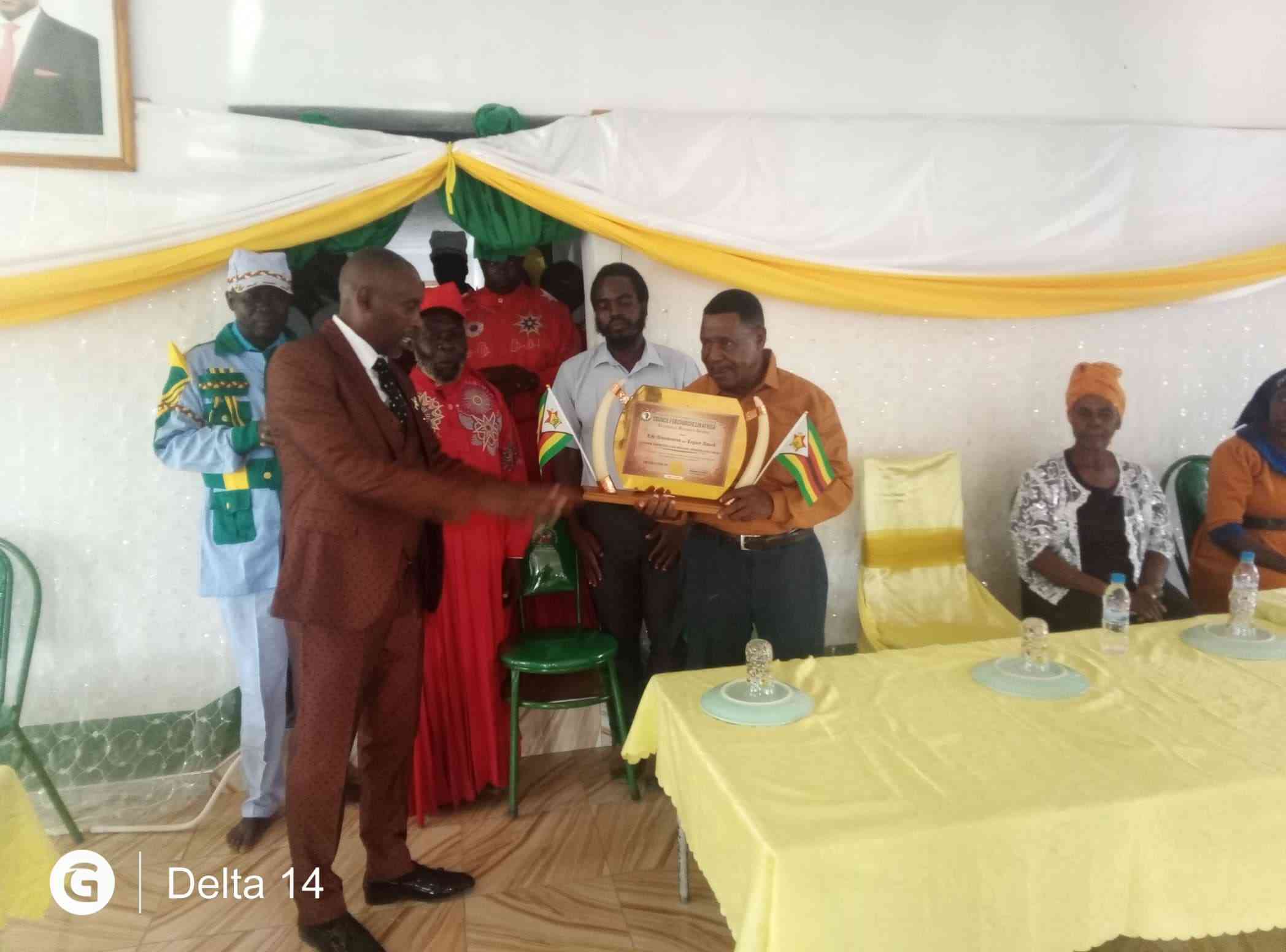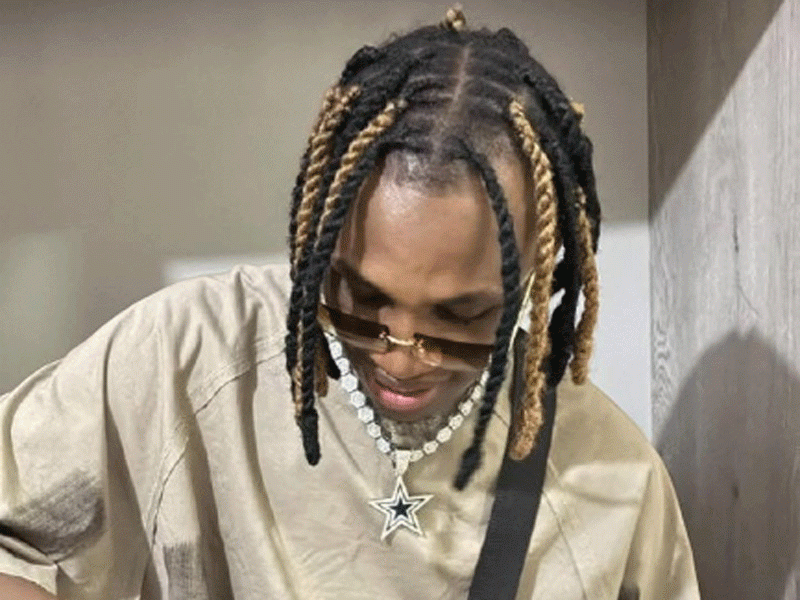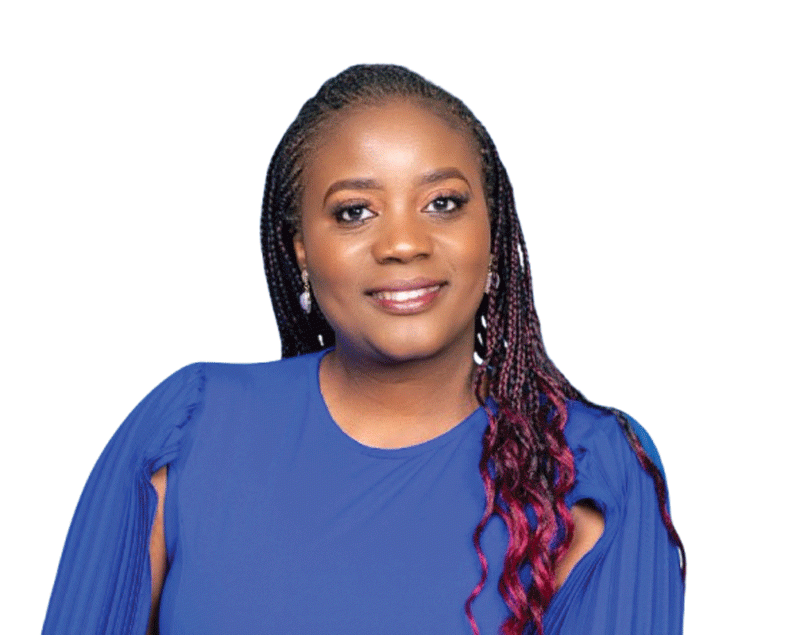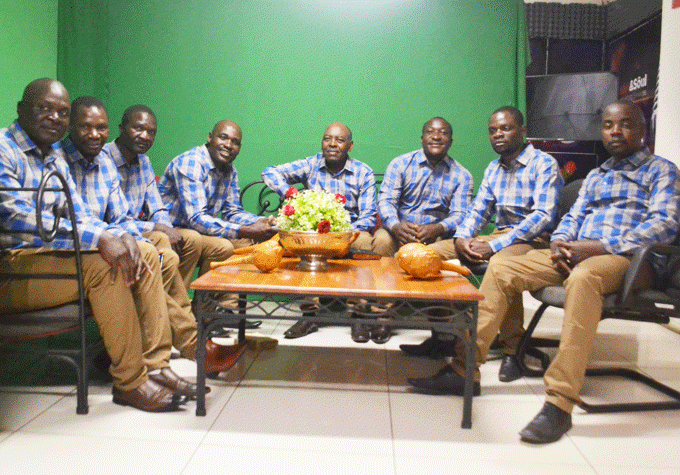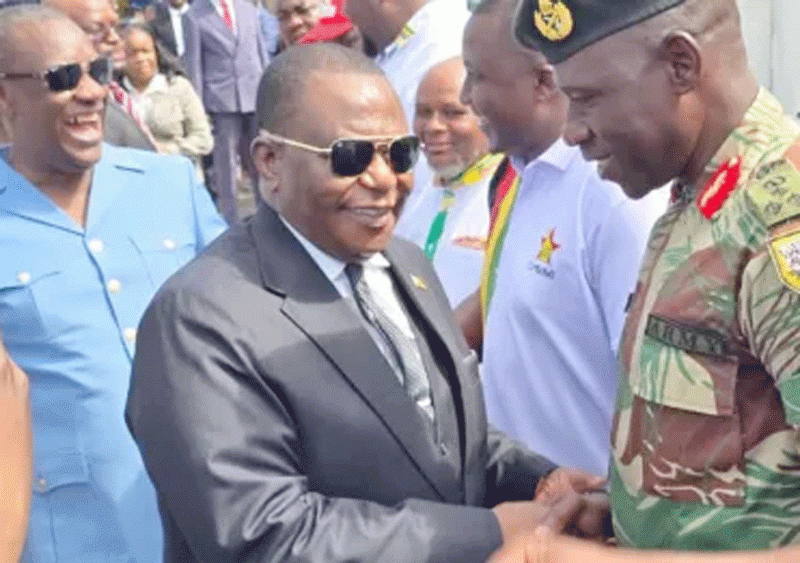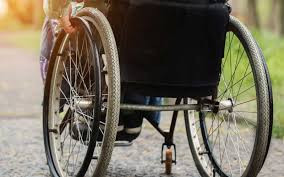
The intersection of disability rights and the arts is often overlooked in broader discussions of inclusion.
People with disabilities continue to face systemic barriers that hinder their participation in creative industries, ranging from physical inaccessibility to societal prejudices and a lack of representation in mainstream artistic spaces.
These barriers are further compounded by issues of gender, where women with disabilities experience double marginalization both as persons with disabilities and as women in artistic industries that remain largely male-dominated.
Despite the arts' transformative potential in amplifying marginalised voices, the inclusion of artists with disabilities, especially women, remains an afterthought in many cultural, policy, and funding discussions.
The arts have long been celebrated as a platform for self-expression, storytelling, and cultural preservation. However, the participation of people with disabilities in creative industries is often neglected.
Artistic institutions, funding bodies, and mainstream media rarely prioritise disability-inclusive initiatives, leaving many talented individuals without the resources or opportunities to showcase their work.
This exclusion is not only unjust, but also a loss for the cultural and creative industries, which miss out on diverse perspectives and talents.
In Zimbabwe, where accessibility remains a challenge across various sectors, the arts are no exception.
- Cont was a doyen of the arts
- Firm Faith postpones album unveiling
- All set for inaugural job fair
- Byo Arts Festival in turmoil…One year later, festival has yet to pay artists…Organisers play cat and mouse with artists
Keep Reading
Many cultural spaces, such as theaters, art galleries, and music festivals, lack the necessary infrastructure to accommodate artists and audiences with disabilities.
For example, performing arts centres often do not have wheelchair ramps or elevators, making it difficult for people with physical disabilities to access these spaces.
Moreover, performing arts schools rarely provide sign language interpreters for deaf students, further limiting their participation in drama and music education.
This neglect extends beyond Zimbabwe to other parts of Africa and the global creative industry. In many cases, actors with disabilities, musicians, and visual artists find it difficult to secure roles, performance slots, or exhibition opportunities.
The global entertainment industry has a long history of casting able-bodied actors in roles for people with disabilities, reinforcing stereotypes instead of providing real representation.
Although there have been some notable shifts such as Ali Stroker becoming the first wheelchair using actor to win a Tony Award; such achievements remain rare rather than the norm.
For women with disabilities, the barriers to artistic participation are even more significant.
They face both gender discrimination and ableism, which limit their access to opportunities in creative industries.
Women in the arts sector already struggle with systemic challenges, such as unequal pay, fewer leadership positions, and limited representation in major artistic productions.
When disability is added to the equation, the obstacles become even greater.
In Zimbabwe, traditional cultural expectations often discourage women; especially those with disabilities from pursuing careers in the arts.
Many young girls with disabilities are steered away from creative fields due to societal beliefs that view them as dependent rather than as contributors to cultural life.
However, life stories of women with disabilities like Chipo Muchengwa who does very educative skits about her life on TikTok, and is also a singer teach us that PWDs can contribute immensely to the arts sector and also earn a living from it.
Steering away girls from the arts sector results in fewer female artists with disabilities in mainstream creative spaces, making their voices and experiences largely invisible.
Internationally, disabled women artists continue to fight for recognition and inclusion.
British artist and activist Jess Thom, who has Tourette’s syndrome, has been vocal about the need for disability-inclusive theater and greater representation of women with disabilities in the arts.
In South Africa, singer Vuyiseka Dubula, who has a physical disability, has used music as a tool for activism, advocating for the rights of women with disabilities.
Their contributions highlight the need for a more inclusive artistic industry that does not marginalise women with disabilities but instead amplifies their voices.
Despite these challenges, the arts remain a powerful tool for disability advocacy.
Many organizations and community-based projects use the arts to raise awareness about disability rights and to challenge negative stereotypes.
Theater productions, films, music, and visual arts have been instrumental in changing public perceptions about disability by portraying people with disabilities not as objects of pity but as individuals with talent, agency, and creativity.
In Zimbabwe, some grassroots organizations have started using drama and community theater to address disability issues.
These initiatives not only provide performance opportunities for artists with disabilities but also educate audiences about the need for inclusive policies and attitudes.
For example, drama groups that incorporate sign language in their productions make their performances accessible to deaf audiences while also promoting the use of sign language among the general public.
Similarly, in other parts of the world, disability-inclusive arts projects have gained momentum. The Disability Arts Movement in the UK, for instance, has successfully campaigned for greater representation of disabled artists in mainstream media.
Meanwhile, the Broadway and Hollywood industries have seen a growing push for authentic casting, where roles of people with disabilities are played by actors with disabilities rather than able-bodied performers.
To bridge the gap between disability rights and artistic inclusion, deliberate efforts must be made to integrate people with disabilities into the creative sector.
Some key areas of intervention include:
Governments and arts organisations need to develop policies that actively promote disability inclusion in the creative industry.
This includes allocating funding for disability-friendly artistic programs, ensuring that grants and artistic residencies are accessible to artists with disabilities, and mandating accessibility requirements for theaters, galleries, and cultural centres.
Film, theatre, and television industries must prioritise casting actors with disabilities for disabled roles rather than relying on able-bodied representations of disability.
In music, more platforms should be created for musicians with disabilities to perform, record, and distribute their work on equal footing with able-bodied artists.
Concert halls, art galleries, and performance venues must be made physically accessible, with ramps, elevators, Braille signage, and sign language interpretation.
This not only benefits artists with disabilities but also ensures that audiences with disabilities can fully participate in cultural experiences.
Art schools and creative training programs, they should integrate adaptive techniques to ensure that people with disabilities receive the same opportunities to refine their artistic skills.
This includes offering sign language interpretation, developing tactile art techniques for visually impaired students, and designing instruments and equipment that accommodate different physical abilities.
Special attention must be given to addressing the gender disparities that exist within the intersection of disability and the arts.
Female artists with disabilities need targeted support, mentorship programs, and leadership opportunities to ensure they are not left behind in efforts to create an inclusive creative industry.
The arts have the power to break barriers and foster an inclusive society where disability is not viewed as a limitation but as a different way of experiencing and engaging with the world.
However, systemic exclusion continues to limit the participation of artists with disabilities; especially women in creative industries.
By making deliberate efforts to integrate disability-friendly policies into artistic institutions, ensuring accessibility in cultural spaces, and challenging gender-based barriers, we can create an arts sector that is truly inclusive.
Embracing diverse talents and perspectives not only enriches the creative industry but also strengthens the broader disability rights movement.
When people with disabilities, regardless of gender, are given equal access to artistic expression, society as a whole benefits from the richness of their creativity, insights, and unique perspectives.
The time has come for the creative sector to take inclusion seriously and ensure that no artist is left behind.
*Raymond Millagre Langa is a musician, poet, orator, independent researcher and founder of Indebo edutainment Trust. You can follow on Face Book @Millagre Ray Langa, on X you can follow on #Millagre Langa, email. millagrepapito@gmail.com or indebotrust@gmail.com

